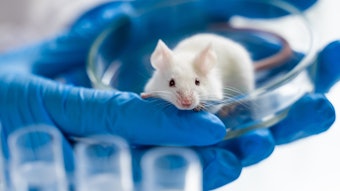Tensile test methods have been successfully used to demonstrate improvements in the mechnanical properties of hair, however they assess only one aspect of the physical processes of hair fracture that the consumer normally uses to evaluate the strength of hairs on the head. A more realistic test would involve all the elements--fiber bending (flexure), abrasion and extension--encountered in normal hair fracture. This paper provides background about a test method that does measure an amalgamation of these three elements, and gives examples of its use to evaluate a new ingredient for hair products that increases the strenth of bleached hair.
Flexabrasion: A Method for Evaluating Hair Strength
Jun 26th, 2009





!['We believe [Byome Derma] will redefine how products are tested, recommended and marketed, moving the industry away from intuition or influence, toward evidence-based personalization.' Pictured: Byome Labs Team](https://img.cosmeticsandtoiletries.com/mindful/allured/workspaces/default/uploads/2025/08/byome-labs-group-photo.AKivj2669s.jpg?auto=format%2Ccompress&crop=focalpoint&fit=crop&fp-x=0.49&fp-y=0.5&fp-z=1&h=191&q=70&w=340)




